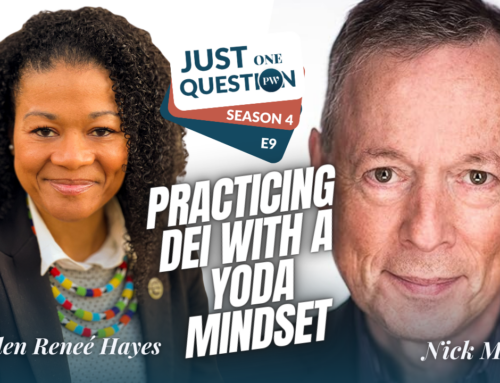I’ve just spent an unusual week, for me, working with classes of mid-career executives on their persuasiveness and influence as communicators. Unusual, because I’m more often working one-on-one with senior executives and professional speakers. But recently I taught in the Harvard executive education program and at a corporation on consecutive days.
First, let me acknowledge what fun it was and what a privilege to engage with smart and focused minds for an entire day at a time — in person. Second, I’m going to reflect on a few takeaways on the current state of this extraordinary group of leaders. With a caveat that this is hardly a statistically significant sample, let me make a few observations about the people I saw running a wide variety of global organizations today.
They need to check in with their workplaces regularly. If you want anecdotal evidence that the pace of work has accelerated, this level of worker provides it clearly enough in their need to dive into text messages, Slack, or email every couple of hours. Gone is the time when one could leave the workplace for a whole day and check in that evening or (gasp) the following morning.
They are settling into a hybrid workplace. These executives see the need for the occasional face-to-face meeting and the efficiency of video conferencing. No one was using audio conferencing – the irony that we no longer use our phones for phone calls is perhaps worth a millisecond’s memorial. These managers are caught between upper-level executives who want all face-to-face and employees who want all virtual so they don’t have to commute. The in-betweeners can see both needs clearly, and they accept the idea of a hybrid workplace easily enough now.
They are caught in a time and work squeeze that will never let up. I vividly recall being told by an early boss to make sure that I spent at least 20 percent of my time planning strategically and thinking creatively by saving white space on my calendar. These people don’t have white space – they are far too busy managing up and down to think at all about the future. Let’s hope the upper-level executives are doing that for them. My experience of that latter group is that they rarely have time for ‘dreaming space’ either. Maybe we should be worried about that and wondering who’s thinking about the future. At least my students were thinking beyond the moment-to-moment drama of the workplace the day I got to teach them!
They make the same mistakes as other executives when it comes to presenting their ideas. Everyone makes the same presenting mistakes – they take twice as long as their allotted time, with very little awareness that they have run over. They go down the rabbit holes of their own expertise and throw industry jargon around without much awareness of how little tolerance other people have for different areas of expertise. And they tell stories chronologically with too much detail. Storytelling is hard, and good storytelling is rare. Really rare.
One thing has changed, and for the better: they are readier to open up and be authentic than their predecessors a decade ago. Perhaps it’s because I’m readier to take risks than I was a decade ago, and open up myself, but I find widespread a sense that we are all in this together – so why not share? The executives are ready to get real about their problems and the challenges that their institutions face if you give them the chance. It seems amazing that there could actually be less BS now than there was 10 years ago, but perhaps we are all finally realizing just how fragile the human grasp on our planet is. I found the willingness to be honest about their lives and their work truly encouraging. Perhaps the pandemic played a part and we do retain a sense of our shared humanity from all that time on lockdown?
Here’s to the people that manage our organizations around the world, to their courage, their honesty, and their desire to make the world better than they found it.









Leave A Comment